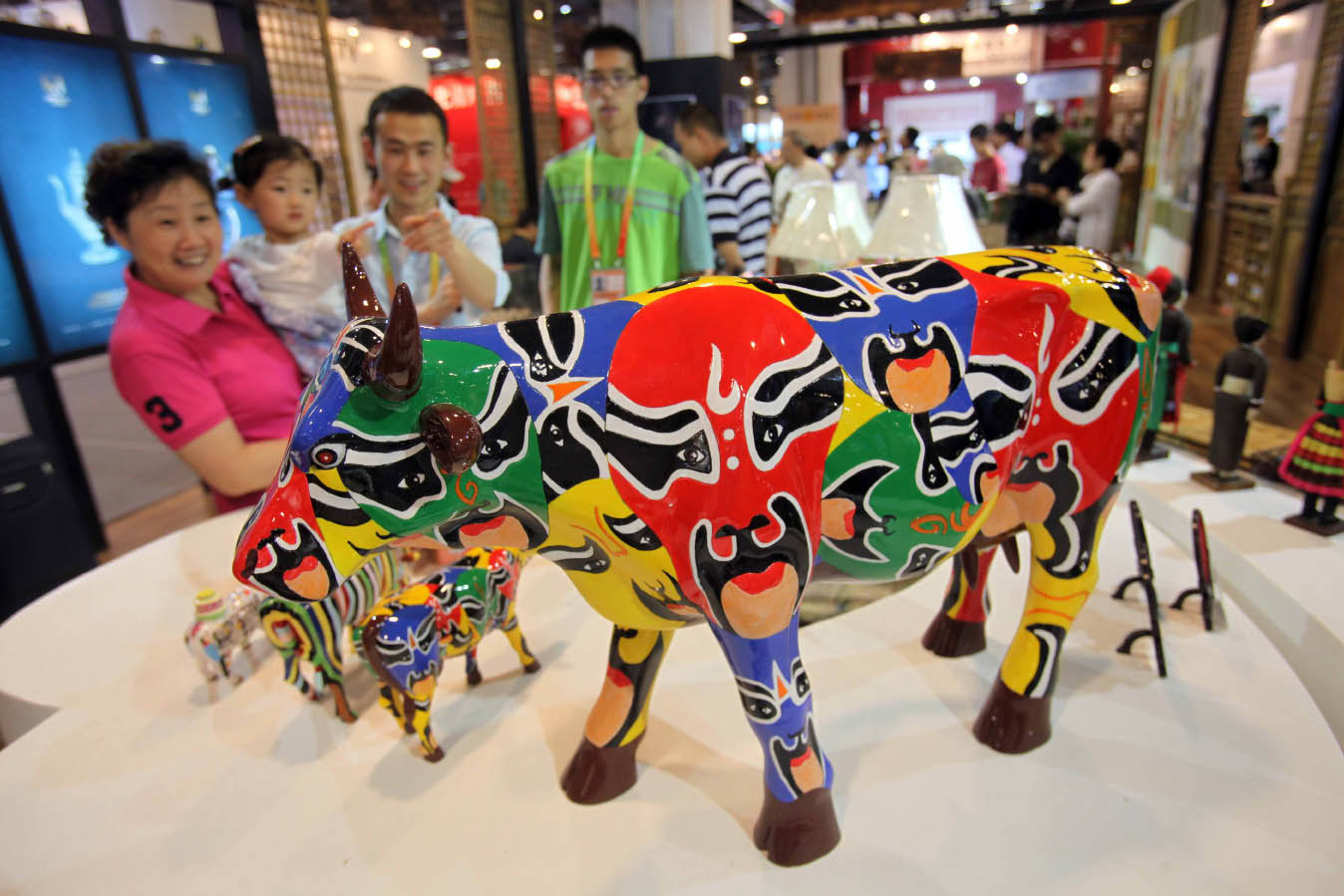1999
Minimum Subsistence Allowance
Following the deepening of China's reform and opening-up, the goal of ensuring basic living standards for low-income people and enabling them to share the achievements of social and economic development has risen to the top of the agenda. In 1993, Shanghai and some other cities began to institute the system of providing a minimum subsistence allowance to its urban residents. In 1999, the central government promulgated the regulations on establishing the system of a minimum subsistence allowance. The average monthly allowance was raised from RMB 149.30 in 1998 to RMB 243.14 in 2006. Meanwhile, a minimum subsistence allowance was introduced in the countryside. By the end of 2006, 23 provinces, autonomous regions and municipalities established the system in the countryside, covering 2,133 counties (county-level cities). More than 15.931 million rural people in 7.772 million households now enjoy a minimum subsistence allowance.
The establishment of the minimum subsistence allowance system demonstrates the country's transition from the concept of letting part of people get rich adead of others to the concept of letting the entire population enjoy the achievements of reform and opening-up. The reforms of public causes, such as medical care and education, have also undergone a transition from emphasis on marketization and commercialization to that on the promotion of public welfare. Social fairness and justice have become targets sought after by the Chinese people in the new century.
2000
Western Development
China began to implement its gigantic western development strategy, the first significant step to remedy the development gap between China's east and west. China's west comprises six provinces, five autonomous regions and one municipality, makes up 71 percent of the country's territory and has a population of 367 million. Due to a hash environment, however, its per capita GDP is only two-thirds that of the national average, and less than 40 percent of the per capita GDP in China's east, where the economy is fairly developed.
Construction of a large number of infrastructure projects began, such as airports, railways and highways. In 2000 alone, ten of them, including the world-famous Qinghai-Tibet Railway, started to chug along at full steam. In order to protect the fragile environment, reforestation was enforced in large areas.
High-ranking Corrupt Officials Brought to Justice
Thunderous applause burst out when Premier Zhu Rongji announced in his governmental report in 2000 that "We won't tolerate any violation of the law by any officials, and won't hesitate in handling any case with a significant social impact. We are determined to get to the bottom of each corruption case, to bring justice to anyone involved." Before the meeting, the news that Cheng Kejie, vice chairman of the standing committee of NPC, was being investigated as a corruption suspect had made a huge splash. Later Cheng, along with Hu Changqing, former vice governor of Jiangxi Province, was sentenced to death for taking a huge amount of bribes. In 2006 alone, 825 officials at the county level, 92 at the prefectural level and nine ministerial level officials were brought to justice on corruption charges by the Chief Justice of the Supreme People's Court. These figures, said an NPC delegate, showed the government's determination to not tolerate corruption.

